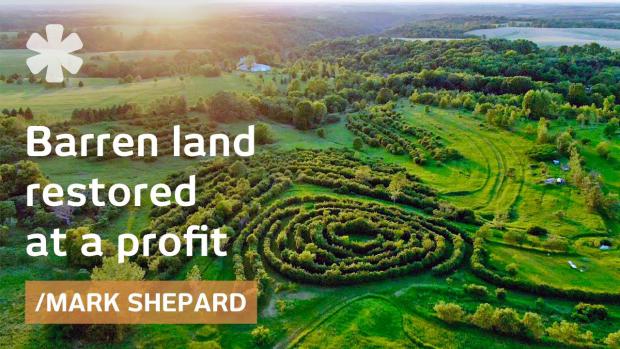
Breaking News
 James O'Keefe: My entire speech at AmericaFest 2025. We're not stopping. Join us to expose..
James O'Keefe: My entire speech at AmericaFest 2025. We're not stopping. Join us to expose..
 U.S. vs. Chinese Military Comparison – Focus on Asia-Taiwan Scenario
U.S. vs. Chinese Military Comparison – Focus on Asia-Taiwan Scenario
 DoJ Sues Four More States for Failing To Produce Voter-roll Data
DoJ Sues Four More States for Failing To Produce Voter-roll Data
 World's Largest Aviation Giant Abandons Google Over Security Concerns
World's Largest Aviation Giant Abandons Google Over Security Concerns
Top Tech News
 Perfect Aircrete, Kitchen Ingredients.
Perfect Aircrete, Kitchen Ingredients.
 Futuristic pixel-raising display lets you feel what's onscreen
Futuristic pixel-raising display lets you feel what's onscreen
 Cutting-Edge Facility Generates Pure Water and Hydrogen Fuel from Seawater for Mere Pennies
Cutting-Edge Facility Generates Pure Water and Hydrogen Fuel from Seawater for Mere Pennies
 This tiny dev board is packed with features for ambitious makers
This tiny dev board is packed with features for ambitious makers
 Scientists Discover Gel to Regrow Tooth Enamel
Scientists Discover Gel to Regrow Tooth Enamel
 Vitamin C and Dandelion Root Killing Cancer Cells -- as Former CDC Director Calls for COVID-19...
Vitamin C and Dandelion Root Killing Cancer Cells -- as Former CDC Director Calls for COVID-19...
 Galactic Brain: US firm plans space-based data centers, power grid to challenge China
Galactic Brain: US firm plans space-based data centers, power grid to challenge China
 A microbial cleanup for glyphosate just earned a patent. Here's why that matters
A microbial cleanup for glyphosate just earned a patent. Here's why that matters
 Japan Breaks Internet Speed Record with 5 Million Times Faster Data Transfer
Japan Breaks Internet Speed Record with 5 Million Times Faster Data Transfer
Homestead Paradise: got barren land, boosted it at a profit

In the early 90s, Mark and Jen Shepard bought a degraded corn farm in Viola, Wisconsin, and began to slowly convert it from row-crops back to a native oak savanna that would become one of the most productive perennial farms in the country.
After 8 years of homesteading in Alaska (arriving just as the Homestead Act was expiring) where they had been forced by low-paying jobs to discover "which trees, shrubs, bushes, and vines we could get food from", they arrived in the Driftless Area of Wisconsin ready to apply their knowledge of permaculture ("permanent agriculture").
Over the past nearly three decades, Mark has planted an estimated 250,000 trees on the 106-acre farm. The main agroforestry crops are chestnuts, hazelnuts, and apples, followed by walnut, hickory, cherry, and pine (for the nuts). For short-term income, the couple planted annual crops, like grains and asparagus, in alleys between the fruit-and-nut-bearing trees. Cattle, pigs, lambs, turkeys, and chickens act as pest control and free composters as they roam the savannas of the farm.

 Advanced Propulsion Resources Part 1 of 2
Advanced Propulsion Resources Part 1 of 2

